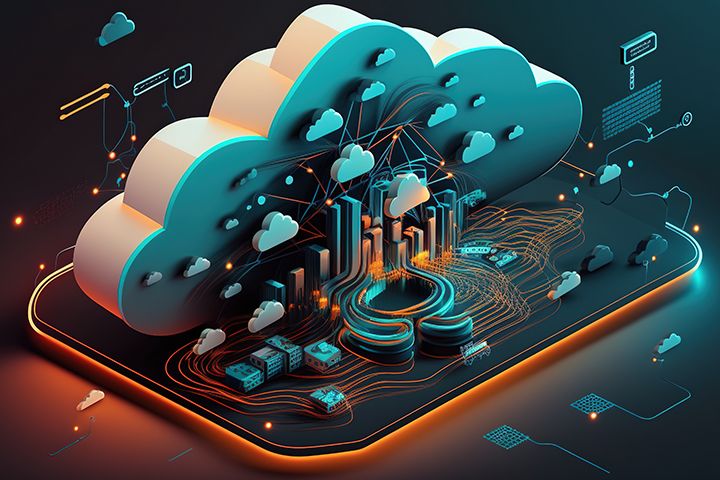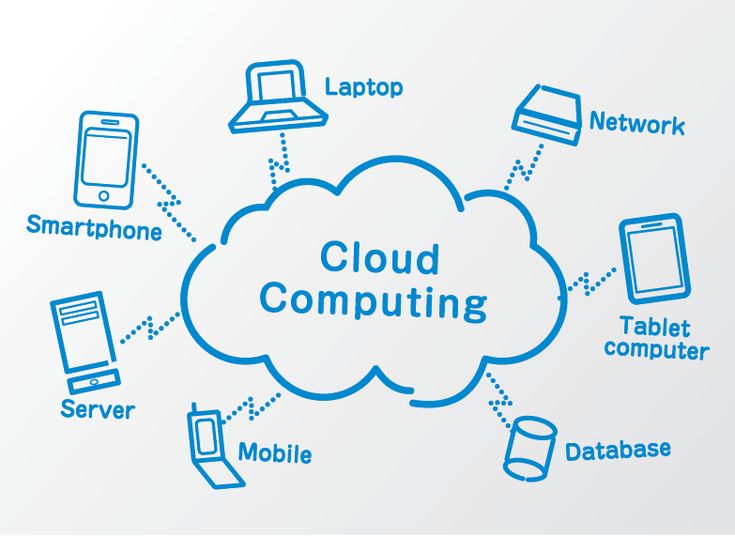

In the ever-shifting landscape of technology, few innovations have had as profound an impact as cloud computing. As we journey into 2025, the cloud is no longer a mere utility but a driving force behind digital transformation, enabling unprecedented levels of agility, scalability, and innovation. Let’s explore the trends and predictions shaping the evolution of cloud computing in the near future.
The Dawn of the Cloud-Native Era
Cloud computing has evolved from a convenient storage solution to the backbone of modern enterprise architecture. By 2025, we are fully immersed in the cloud-native era, where businesses are not just migrating to the cloud but are born in it. Cloud-native applications, designed to leverage the full potential of cloud environments, are becoming the norm. These applications are characterized by microservices architecture, containerization, and dynamic orchestration, offering unparalleled flexibility and resilience.

Trend 1: The Rise of Multi-Cloud Strategies
Single-cloud environments are giving way to multi-cloud strategies as organizations seek to avoid vendor lock-in and maximize their technological and economic benefits. By 2025, businesses will increasingly adopt multi-cloud architectures, strategically distributing workloads across multiple cloud providers. This approach not only enhances redundancy and disaster recovery but also allows companies to cherry-pick the best services and features from each provider, optimizing performance and cost-efficiency.
Trend 2: Edge Computing Takes Center Stage
As the Internet of Things (IoT) continues to proliferate, the demand for real-time data processing at the source is skyrocketing. Enter edge computing, a paradigm that brings computation and data storage closer to the devices where data is generated. By 2025, edge computing will be a critical component of the cloud ecosystem, reducing latency, improving efficiency, and enabling a new wave of applications, from autonomous vehicles to smart cities.
Trend 3: AI and Machine Learning Integration
Artificial intelligence (AI) and machine learning (ML) are transforming industries by unlocking new levels of automation and insight. In 2025, the integration of AI and ML into cloud platforms will be seamless and ubiquitous. Cloud providers will offer advanced AI and ML tools as standard services, empowering businesses to harness these technologies without the need for specialized expertise. This democratization of AI will drive innovation across sectors, from healthcare to finance to retail.
Trend 4: Enhanced Security and Compliance
With the increasing complexity of cyber threats, security remains a top priority for cloud computing. By 2025, cloud security will have evolved to incorporate advanced threat detection, zero-trust architectures, and automated compliance management. These enhancements will provide robust protection against emerging threats, ensuring that data integrity and privacy are maintained in an ever-connected world.
Trend 5: Sustainable Cloud Practices
As environmental concerns intensify, the tech industry is under pressure to adopt more sustainable practices. Cloud providers are leading the charge by investing in green data centers powered by renewable energy. By 2025, sustainability will be a key differentiator in the cloud market. Companies will prioritize cloud providers with strong environmental credentials, driving the industry toward a greener future.

Prediction 1: The Emergence of Cloud Hubs
By 2025, we will see the rise of cloud hubs—geographically distributed clusters of data centers interconnected to provide ultra-low latency and high availability. These hubs will cater to regional needs while ensuring global connectivity, enabling businesses to deliver seamless digital experiences to users worldwide. Cloud hubs will also support regulatory compliance by allowing data to reside within specific jurisdictions.
Prediction 2: The Growth of Serverless Computing
Serverless computing, where the cloud provider dynamically manages the infrastructure, is set to revolutionize application development. By 2025, serverless architectures will be mainstream, enabling developers to focus solely on writing code without worrying about the underlying infrastructure. This shift will accelerate development cycles, reduce costs, and spur innovation by lowering the barriers to entry.
Prediction 3: Quantum Computing on the Horizon
While still in its infancy, quantum computing holds the promise of solving complex problems beyond the reach of classical computers. By 2025, cloud providers will offer early-stage quantum computing services, allowing researchers and enterprises to experiment with quantum algorithms and applications. Although widespread adoption may still be years away, the integration of quantum computing into the cloud landscape will lay the groundwork for future breakthroughs.






Leave a Reply